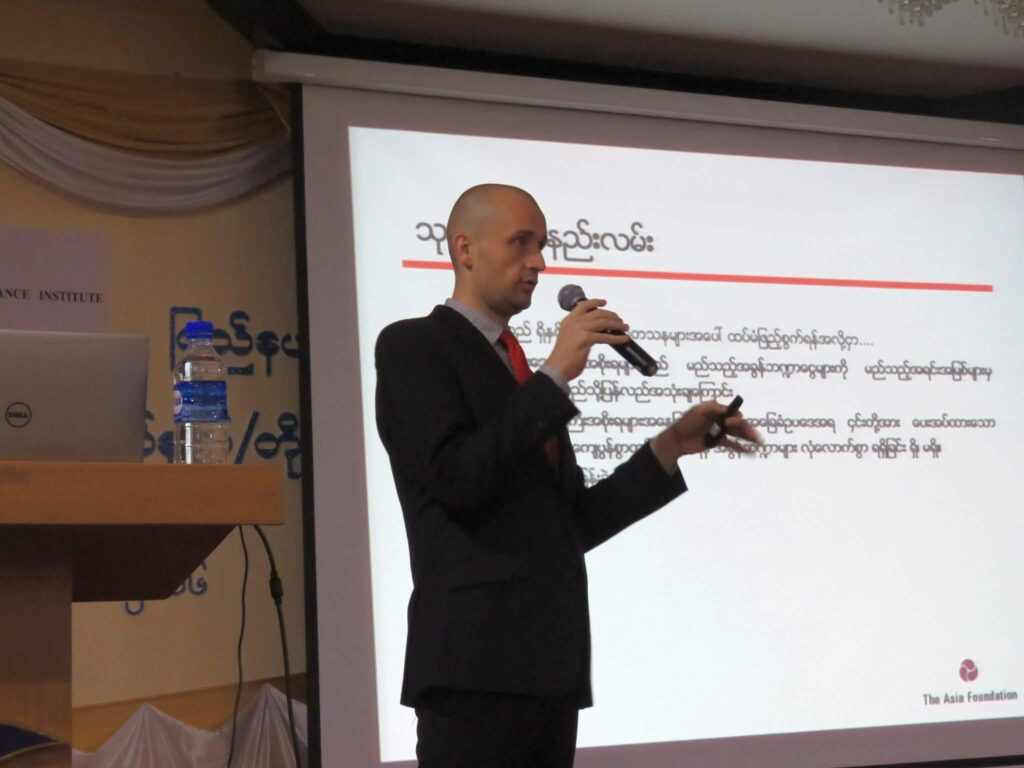Rigorous Analysis, Practical Solutions.
I combine insights from statistical analysis, economic modelling and research to develop actionable policy insights.

Giles holds specialized expertise in applied research, economic modeling, and quantitative analysis. His research focuses on the practical implications of social cohesion, state-building, and state-society relationships for economic policy, supported by extensive consultations, data analysis, and statistical research.
His experience includes providing advisory services and strategic advice to industry, academia, and the public sector as an economist at The Allen Consulting Group, where he utilized economic modeling, data analysis, and forecasting. Notably, Giles developed the methodology for the Institute for Economics and Peace (IEP) to estimate the global cost of violence, involving cross-country and regional quantitative analysis of economic and social statistics.
Giles has conducted a wide range of quantitative analyses in various roles. His projects include developing quantitative risk assessment tools for the Asian Development Bank, maintaining complex economic and statistical models for the Australian Federal Department of the Treasury, and conducting econometric analysis for his Honours thesis.
Case Study: Modelling the Global Costs of Violence
Problem
The Institute for Economics and Peace (IEP) engaged me to support their research on the complex relationships between peace, conflict, and economic development. Given the limited availability of evidence-based research in this area, IEP sought to generate insights using advanced economic modeling and quantitative analysis. Specifically, they needed an economic model to estimate the global costs of violence, broken down by country and source.
My role was to lead a team in developing this model, ensuring that the estimates were both accurate and reproducible while being linked to specific sources of violence.
Approach
I led the development of a ‘unit costing’ model that quantified the economic impact of various forms of violence. The model was built from the ground up to ensure it provided granular, itemized estimates by linking the sources of violent activity with their associated volume and price. This approach allowed us to deliver time-series estimates of the economic costs of violence across twelve dimensions, covering over 150 countries.
Throughout the process, I emphasized accuracy and transparency, ensuring the model’s structure was clear, reproducible, and adaptable for future research.
Impact
The economic model was a major success, becoming a cornerstone of IEP’s research. It provided comprehensive estimates of the global costs of violence and has been widely recognized within the field. Notably, experts such as James Fearon (Stanford University) and Anke Hoeffler (Oxford University) have built upon the methodology. The findings and model were subsequently published in the Journal of Business, Peace and Sustainable Development, solidifying the IEP’s standing in the research community.
Key Achievements
- Developed a pioneering economic model estimating the global costs of violence by country and source.
- Delivered time-series estimates across 12 dimensions for more than 150 countries.
- Methodology recognized and further developed by leading experts in the field.